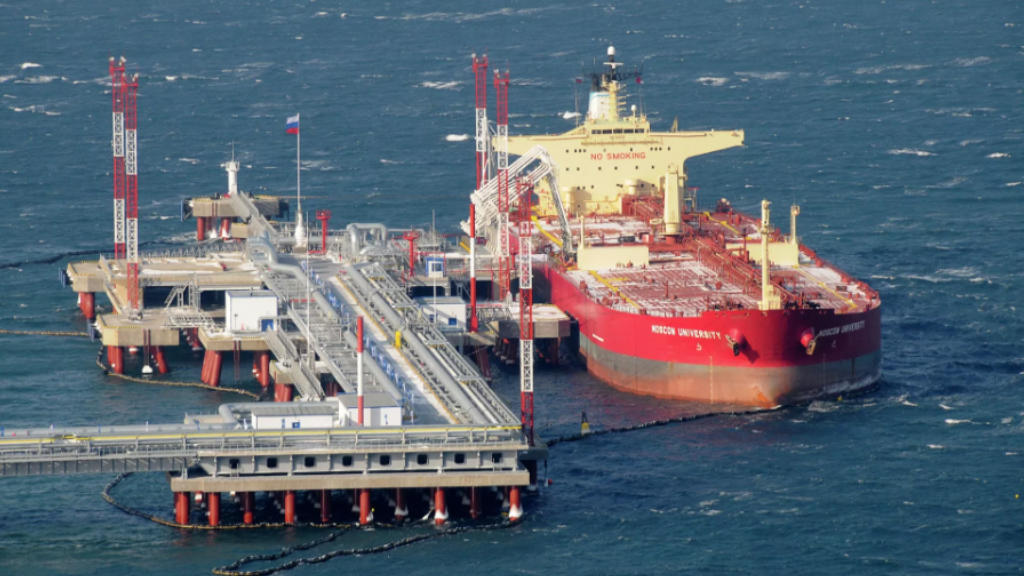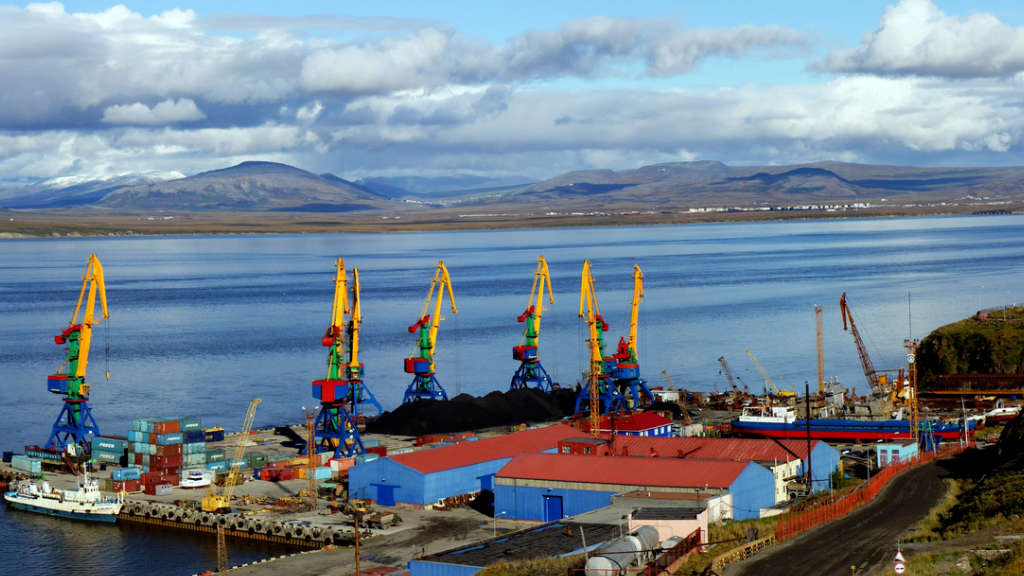The 2022 price cap on oil sanctions that placed a limit of US$60 per barrel on Russian crude, are another example where ill-thought out economic policies matched with related geopolitical movements have instead created problems for the West’s own shipping supply chains.
The oil cap sanctions, introduced in September 2022, were intended to limit the revenues that Russia obtained by selling oil. At the time, Russian crude was reaching US$91 a barrel. However, in what now increasingly seems like a bizarre sleight of hand, the United States, United Kingdom, European Union and Australia, effectively sanctioned their own shipping companies by banning them from facilitating any purchases of Russia oil priced above US$60.
The problem with this strategy was three-fold: no-one else apart from the countries above followed these rules; they failed to acknowledge the existence of out-dated, but still sea-worthy vessels lying at anchor around the world (with owners happy to be rid of them) and other geopolitical developments. We discuss these failings as follows:
The 60 Dollar Price Cap

Energy-hungry countries such as China and India – and many others – simply ignored what the West were doing and continued to buy oil from Russia. Bargains were there to be had as Moscow encouraged this by offering discounts – but with prices are still way above the US$60 mark. Russia currently charges China US$80 a barrel, for example. Other countries pay more than China – volume discounts matter. The other side of the coin is that it de-motivates Russia to sell to the West. Why should it sell for US$60 a barrel when it can obtain higher prices in Asia? This has conversely lead to higher, not cheaper prices in the West.
Russia’s Shadow Fleet
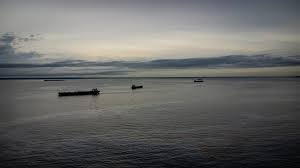
The second issue is the so-called ‘shadow fleet’. To get around the sudden withdrawal from the global oil supply chains of the contemporary shipping fleet (mostly owned by the West), Russia simply went and bought or leased second-hand vessels to replace them. These vessels may be older, slower and less eco-friendly – but they get the job done. Acquisitions were made via off-shore companies (a Western invention) to hide ownership, reflagged in different, more friendly jurisdictions (even Mongolia, a land-locked nation, has a shipping register) with the result being an estimated 600 oil tankers joined the ‘shadow fleet’ – all with the purposes of solving the shipping shortage. It was the Kremlin equivalent of buying ships from Oxfam, but it worked.
Russia – and the countries it trades oil with – have also used smart tactics to confound the price cap sanctions. The West calls these ‘Deceptive Shipping Practices’ (DSP), and while not ideal, for reasons of safety, and the potential for oil spills, include numerous movements such as the disabling of a ship’s onboard Automatic Identification System (AIS) to manipulate its location tracking data and mask its movements.
Vessels also utilize ship-to-ship (STS) transfers where a vessel will meet up with another at sea and transfer its cargo or oil to conceal the origins. The more meetings a vessel has, the harder it is to detect the origin of the oil. Using DSP allows Russia to pursue multiple avenues to offload its oil, and helps buyers obfuscate their own records and circumvent sanctions. These ship-to-ship transfers allow for a ship to leave one place with a cargo and that cargo to arrive at the next port of call on a different ship that perhaps doesn’t have the same sets of concerns tied to its identity.
What this has achieved is that instead of hindering the amount of money Russia can sell its oil for, the price cap has created a far-less transparent, globally untraceable and elderly shipping fleet that now circumnavigates the world’s oceans. Instead of modern, cleaner, and faster, the world’s overall shipping use has become older, dirtier and slower. The West has culpability in introducing this.
Russia’s Shipbuilding Industry
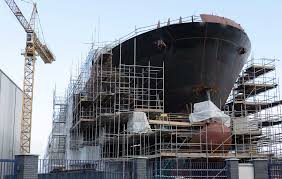
This has also galvanised Russia’s own ship-building industry, with President Putin ordering Russia’s shipyards to step up production. 49 new vessels will join the Russian commercial fleet this year, while Russia is also looking a shipyard Joint Ventures in China and India. This has now become a priority, ten-year shipbuilding project, as Russia phases out the 600-strong shadow fleet with a new fleet of its own.
This, coupled with the 40 new Navy vessels Russian shipyards are also expected to deliver this year and for the foreseeable future, will mean that by 2030 Russia will own one of the world’s largest maritime fleets. That puts its oil supply chains back firmly under its own control.
Asian Oil Stockpiling

Meanwhile, significant oil buyers such as China and India – with a combined 25% of the global population – have massive energy needs of their own to keep their economies growing. China’s 2024 GDP growth is currently at 5% while India’s is rocking along at 7%. Realising that Russian oil discounts won’t last forever, they are buying far more oil than they can immediately consume. The result is that Russia is now selling more, not less oil than when the 60 dollar cap was introduced. Since late 2022, when the cap was introduced, China has bought an average of 700,000 more bpd from Russia, from 1.6 million to 2.3 million. India, the biggest opportunist, bought 1,900% more in 2023 than in 2021, from 100k bpd to 1.9 million bpd. Turkiye upped its Russian oil imports by 150 percent from 2021 to 2023. Other countries, where they can, are also stockpiling Russian oil while prices remain favourable. Overall, the impact of the 60 dollar price cap has motivated Russia to double its year-over-year oil and gas revenue in 2023 to US$14 billion.
Other Geopolitical Impacts

Russia had already begun to work with India and Iran concerning the North-South Transportation Corridor, which permits multimodal logistics from Russia’s Caspian Sea ports, via Iran, to the Persian Gulf and beyond to East Africa and South Asia. Although not yet fully operational while some bottlenecks are being dealt with, direct Russia-India cargo is already being delivered along this route. Cargo has also been delivered from Russia directly to Saudi Arabia. In time, this will become increasingly important as it completely bypasses Europe and concentrates Russian shipping to the South and to the East. Expansion can also be expected to continue – just last week, Moscow announced it was interested in helping Tanzania develop its Indian Ocean east coast ports near Dar Es Salaam. Crucially, these future African east coast routes also avoid the Red Sea.
Yet finding itself involved in another, even more unpopular, political conflict, Western shipping is now a target for pro-Palestine groups operating from Yemen, the southern gateway to the Suez Canal to the north, itself leading to the Mediterranean Sea and European ports. Pirates operating from Somalia remain problematic, while the potential for Iran to limit use of the Straits of Hormuz further complicates the situation for European shipping in particular as a Middle Eastern war with Israel looms.
As a result of these dangers, insurance premiums for ships using the Red Sea route have skyrocketed – leading to an estimated 90% of all previous Red Sea route shipping now taking a longer, time-consuming and costly route around the South African cape. However, logistics facilities have been found wanting. Previously fairly minor ports such as Algeciras (Spain) and Tanger Med (Morocco) have become crucial EU transshipment hubs, but are already at an unexpected and unforeseen over- capacity, leading to some ships being turned away, or delayed. The politicians who dreamed up the price cap didn’t factor in any other potential risk circumstances.
However, these disruptions extend beyond the Mediterranean. In the Americas, drought has forced the Panama Canal Authority to limit daily transits and vessel drafts, exacerbating delays and increasing shipping costs. Spot rates for container shipping have surged, with prices between Asia and the east coast of the United States more than doubling.
With the peak shipping season for the Christmas period for Western markets rapidly approaching, this could spell real trouble if Red Sea disruptions persist or worsen, and the inevitable European holiday consumer demand revives. The presence of anchored ships outside EU and US ports signals systemic strain, with potential economic impacts extending well beyond increased freight rates.
The Arctic Solution
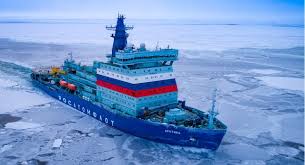
An antidote to these US and European maritime woes does exist – the Northern Shipping Route (NSR). While still being developed, shipping volumes this year between Russia and Asia have reached record highs, with this expected to be a continuing trend. This route will also in time be a major conduit for Russian exports. It could also be used as an alternative by European shipping lines, and there is a realistic possibility that Arctic shipping routes will be widely used as early as 2040. Unfortunately for the EU, the NSR is in Russian shipping lanes and under Russian jurisdiction. With Russia dominating this route, access for Western, unfriendly countries appears remote.
Summary
The end result has been that as a consequence of the Western-imposed 60 dollar price cap, the entire maritime charts as concerns global shipping and related supply chains have had to be redrawn. With what now appear to be hopelessly optimistic forecasts, and without taking into account any other associated risks, the outcome for the EU has been the replacement of normal services by unreliable supply chains to Europe, increased costs, and delivery delays. On Russia’s side, this has resulted in the development of new supply chains, a boom for Russia’s oil sales, increased revenues and a motivation to build a new shipping fleet that within a few years is poised to become one of the world’s largest.
Further Reading
